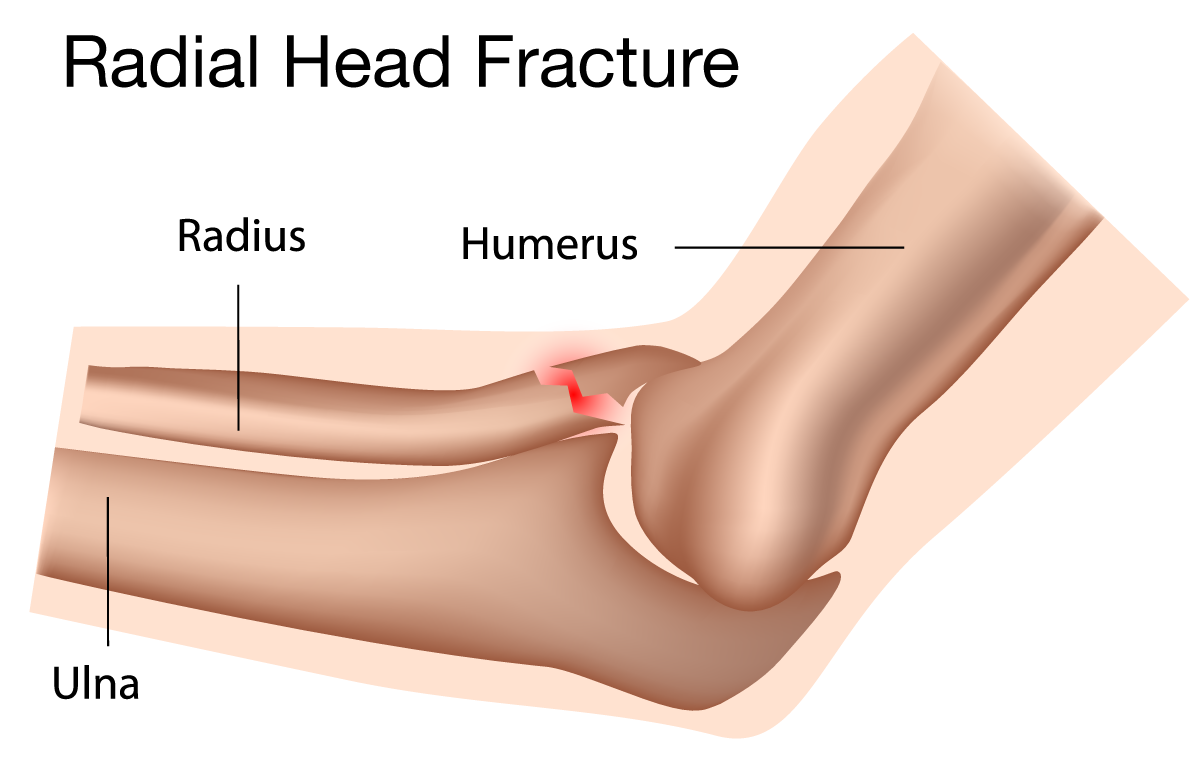Diverse Treatments for a Radial Head Fracture
A radial head fracture is the most common type of elbow break and often causes pronounced pain and a severely limited range of motion. Most often, this type of injury will occur because of a fall on an outstretched hand, which transfers force from the hand through the forearm to the elbow. Dr. Gregg A. Vagner provides both surgical and nonsurgical treatment for radial head fractures at his Austin, TX, practice.
What is a Radial Head Fracture?
Your forearm is made up of the radius on the inside of your arm and the ulna on the outside. As part of the elbow joint, the radial head moves against the humerus and ulna. According to a study by the American Academy of Orthopedic Surgeons, radial head fractures make up about 20% of all serious elbow injuries.
There are three types of radial fractures:
- Type I are the least severe and involve small, sometimes hairline cracks. In some cases, these fractures may not even be visible on x-rays until several weeks after your injury.
- Type II fractures are larger and are often associated with bones thrown out of alignment.
- Type III radial fractures are the most severe, cannot be set manually, and often cause damage to surrounding soft tissues.
The type of fracture will determine the appropriate treatment regimen.

Diagnosing a Radial Head Fracture
To determine the right treatment for your arm, Dr. Vagner will first diagnose and classify your injury with a manual and visual examination, supported by a series of X-rays. He will carefully assess your range of motion, as well as any swelling and bruising. Occasionally, he may need to take a CT scan to look for displaced pieces of bone or to evaluate soft tissue damage.
Sometimes, blood can obscure the joint, complicating the diagnostic process. If so, Dr. Vagner may first drain the blood to get a clear view of your elbow. Local anesthesia can help reduce swelling and improve visibility, as well. Because catching yourself on an outstretched arm can also damage the ligaments in the wrist, the doctor will also examine this area to check for any wrist fractures.
Treatment Options
Dr. Vagner can treat Type I and many Type II radial fractures non-surgically. If pieces of bone have moved out of place, he will need to first manually set your arm. Then he will immobilize your elbow with a cast, splint, sling, or combination of treatments. Medications can reduce swelling and discomfort, while physical therapy can prevent muscle atrophy as you heal.
Physical therapy is even essential to restore your normal function.
However, Type III and certain Type II fractures require surgery to set the bone, often with screws or metal plates. Sometimes, the doctor may need to remove pieces of bone if they inhibit movement. In severe cases when the radial head is shattered into many pieces, it may be impossible to repair the joint and the doctor may remove the radial head and flatten the end of your bone. If Dr. Vagner does not suggest placing an artificial radial head, scar tissue will eventually fill the space. In these cases, physical therapy is even more essential to restore your normal function.
Expert Orthopedic Care
As a highly trained orthopedic surgeon, Dr. Vagner offers in-depth treatment to repair broken bones and restore lost function, for both mild and severe elbow injuries. Contact us today to request a consultation.
